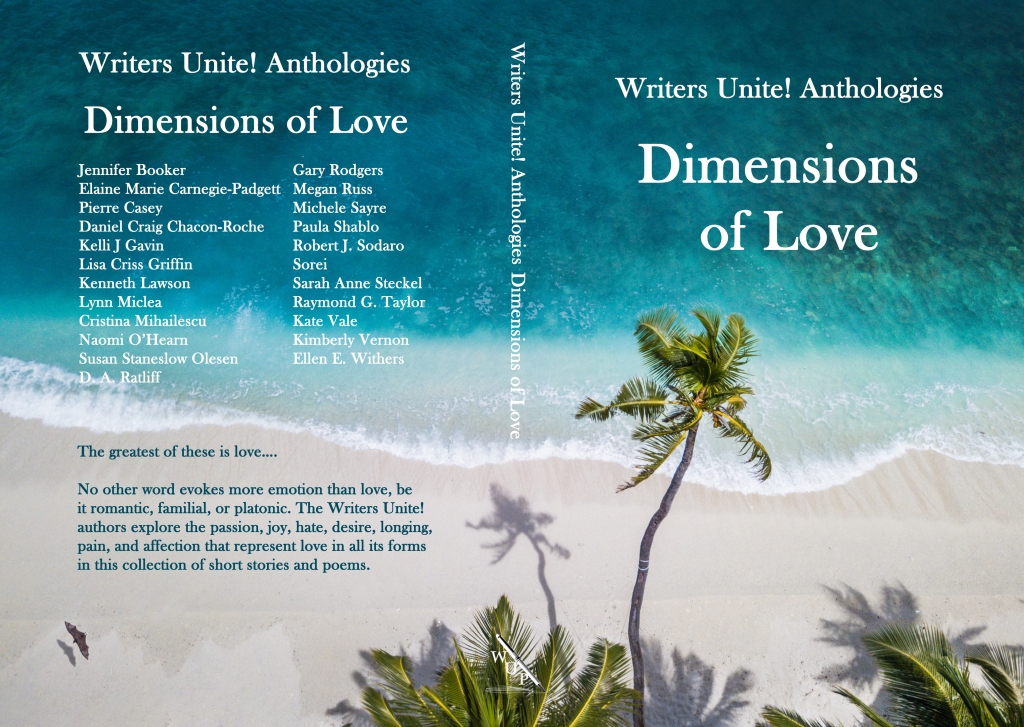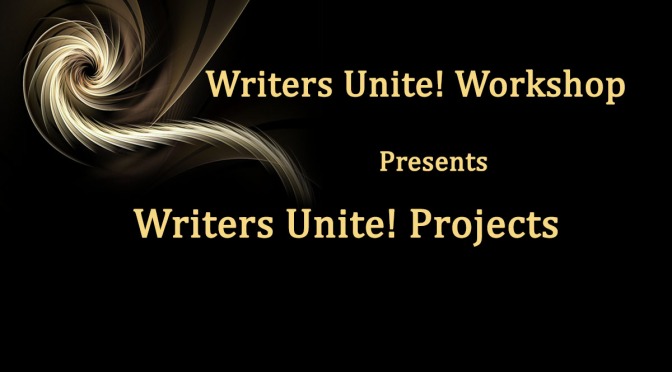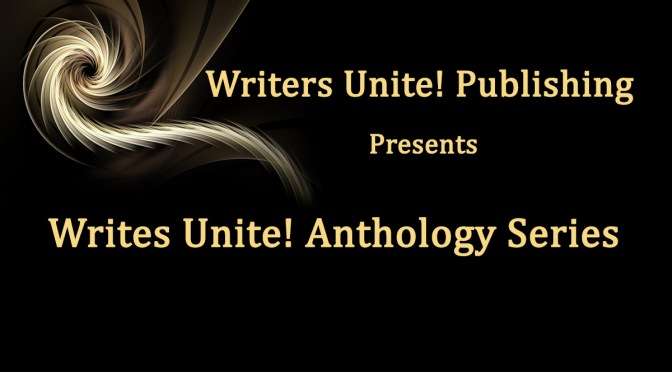Writers Unite! Anthologies Invite you to join in the fun of our newest anthology!
A Time for Heroes
Celebrate superheroes!

Submissions begin today and close on June 15th or SOONER.
We are limiting this anthology to one volume and will close submissions when we reach 100,000 words submitted.
Some guidelines have changed so, please read the attached Guidelines document.
Please read “WU! Anthology: A Time for Heroes Introduction”
The superhero subgenre is subject to restrictions due to trademarked names for superheroes. All authors, especially those unfamiliar with writing superheroes, should read this information.
If you have questions, please ask them on this post.
WU! Anthologies: A Time for Heroes Introduction
A Time for Heroes Guidelines














